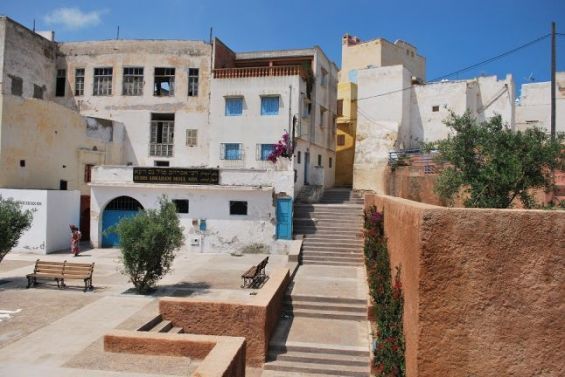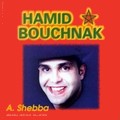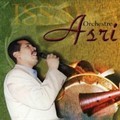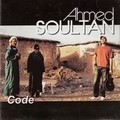Built in the 7th century to become the capital city of the Barghawata Kingdom, a Berber state that controlled the area of Tamesna on the Atlantic coast between Safi and Salé, Azemmour is one of Morocco’s historical cities. Under the reign of the Portuguese, the town lying at the Atlantic ocean coast and on the left bank of the Oum Er-Rbia River, was home to bastions, citadels, arcades and ramparts.
But unlike its neighboring city Mazagan, known as El Jadida nowadays, which had several of its monuments destroyed by the Portuguese before their departure, Azemmour preserved its Arab-Berber sites.
The same thing goes for the city’s Jewish heritage. Indeed, Azemmour is still preserving the tomb of Rabbi Braham Moul Nesse, a Jewish saint who lays in a mausoleum in the middle of the ancient Medina.
The saint who did not want to be disturbed by a mill
Nobody knows the true story of this man who came to settle in the city, according to various stories, around five hundred years ago. Rabbi Braham Moul Nesse, or Abrahm Moul Niss for others, venerated by Jews and Muslims in the city, was revered as tsaddik only after a series of events, Fatima, a local woman who has been taking care of the mausoleum, told Yabiladi.

According to one of the stories, the inhabitants of Azemmour set up a horse-drawn mill just in front of the place of the mausoleum of the tsaddik for wheat. But every horse or mule that the inhabitants of Azemmour attach to this mill to begin their work would get sick before dying, or simply die for no reason.
Fatima furthermore tells us that «after a while, Jews and Muslims in the city started to have the same dream». The legend goes that they would dream of «a man telling them that he was a tsaddik, that he rests in such a place and that he does not wish to be disturbed by the mill anymore».
The mausoleum was not yet built and was only a cave with walls that had water leaks from time to time. «It’s a phenomenon that we always get to observe nowadays», she explained.
Rabbi Braham Moul Nesse was a Muslim saint, called Sidi Brahim, but the Jews of the city prefer to call him by the name of Rabbi Abraham and consider him a Jewish saint. The Jews decided to build a mausoleum for him, to venerate him and to devote a Hiloula to him. Their visits can even occur at any time of the year. According to Fatima, «Muslims and Jews visit his tomb every day, except on Saturdays which are reserved for Jews only».
Rabbi Braham Moul Nesse, the author of miracles
Over the years, many miracles attributed to Rabbi Braham Moul Nesse found a place in the memories of the Jews of Azemmour. «It is said that Rabbi Braham Moul Nesse is behind several miracles. My mother lived in Azemmour and heard a lot about his miracles», says a Moroccan Jew.
She refers to him as ‘The healing Rabbi’. «During her childhood, everyone would make the pilgrimage and the newborns would get their first haircut in the small room near his tomb».

«People arrive melancholic and sad but leave happy, praising God and the tsaddik. I venerate him myself and when I have problems, I go in to light candles near the tomb of the tsaddik and God helps me to solve them», Fatima said. «Since I have been looking after the mausoleum, I am more and more certain of these miracles», she stated.
But what makes the mausoleum of Rabbi Braham Moul Nesse even more mysterious is that it is close to that of another Muslim saint. According to Fatima, she says «it's Sidi Daoui, although there is another mausoleum of Sidi Daoui in El Jadida».
Today it remains difficult to date the mausoleums and tombs or to identify who was there from the beginning, Sidi Daoui or Rabbi Braham Moul Nesse. She also finds it rather mysterious that a mausoleum of a Muslim saint is buried in the middle of the Jewish quarter, without there being stories about two saints resting alongside each other.





 chargement...
chargement...













